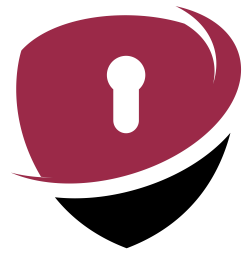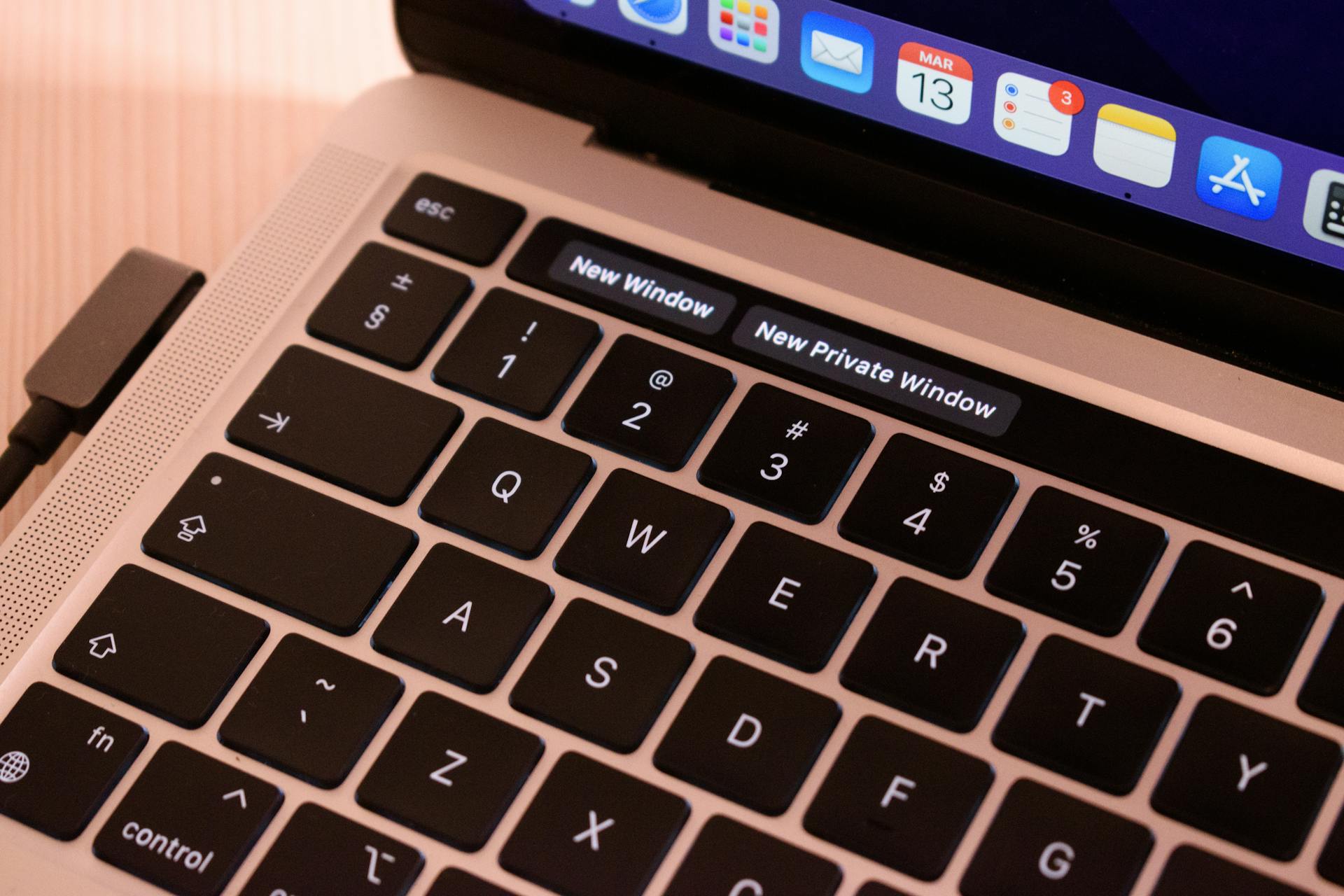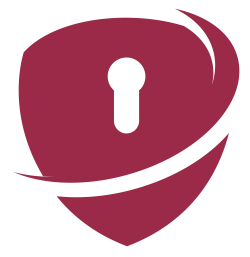In the previous text, I mentioned some technical characteristics of WiFi networks, and now I’d like to highlight some basic behaviors we should always keep in mind when using the internet over this most common access method in recent years.
Wi-Fi networks are in high demand and widely available due to their convenience for end users. All you need to know is the correct network name and password to gain access (if a password is even required) and start surfing without a worry. However, this carefree approach should have its limits, especially when using online services that require you to enter any personal information.
Behavior on Public and Private Wi-Fi Networks
We’ve already discussed what a public wireless network entails, but it’s worth mentioning again. Imagine sitting in a restaurant where everyone is using the same Wi-Fi network. Someone whose job it is (like the IT staff maintaining the network) or someone with malicious intentions could potentially see which sites you’re visiting and what you’re entering into fields commonly required for portal registrations, online payments, or even email checks. Access to your email can be particularly dangerous because, in addition to reading your inbox, an attacker could use your details to register on other sites or gain access to your social media, banking accounts, and other online services.
As for your home network, one of the first steps you can take to improve security is to change the default name of your Wi-Fi network, known as the SSID. Most routers come with a factory-set name that reveals the brand or model, making it easier for attackers to identify potential vulnerabilities in the device and connect to it. When you rename the network, choose something that doesn’t clearly indicate your identity or device – simply set it up in a way that won’t be easily linked to you.
Always Check the URL
When entering sensitive information on websites, it’s crucial to verify the URL address before submitting anything. Attackers often create fake pages that mimic popular websites to trick you into providing your details. In addition to carefully checking the address, ensure the site starts with “https://” – this indicates that your connection is encrypted, reducing the chances of data interception. Besides this initial part of the web address, be mindful of the rest of the URL, as attackers often use well-known brand names to gain users’ trust. If you’re unsure, do some additional research to confirm whether it’s the official domain of the company you want to visit online.
Use Two-Factor Authentication (2FA)
One of the most powerful security measures you can take is enabling two-factor authentication (2FA) for all your important accounts. With 2FA, in addition to your password, you also enter a secondary code that you receive via SMS, email, or a security app. This extra check means that even if someone learns your password, they won’t be able to access your account without the additional code that only you have.
Finally, it’s important to regularly update your devices and security settings on your router. New updates often include security patches for known vulnerabilities, reducing the risk of breaches. So, whenever your device or router notifies you of a new software version, take a moment to update – that small step can be crucial for your security.
Photo: pexels.com


